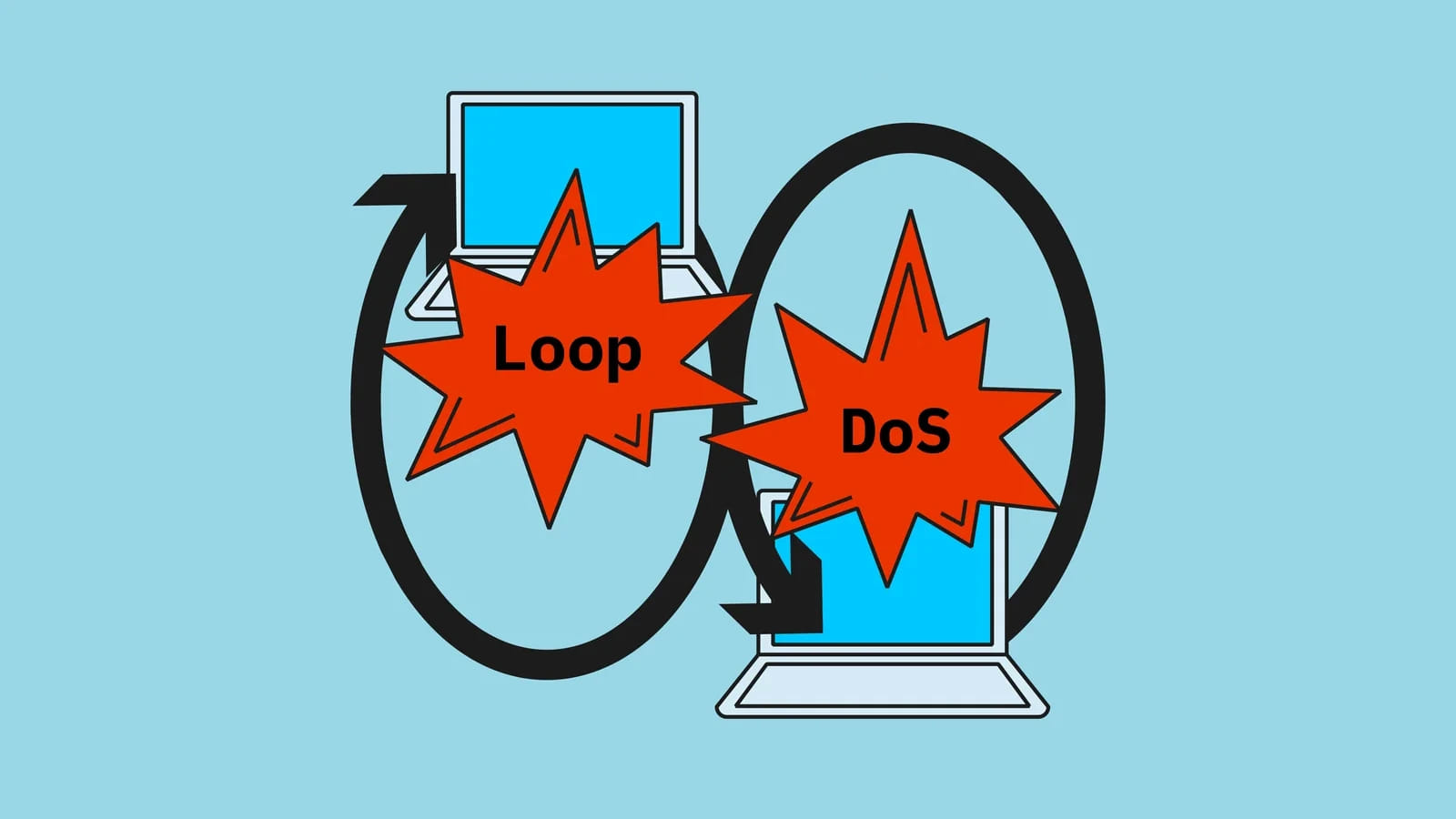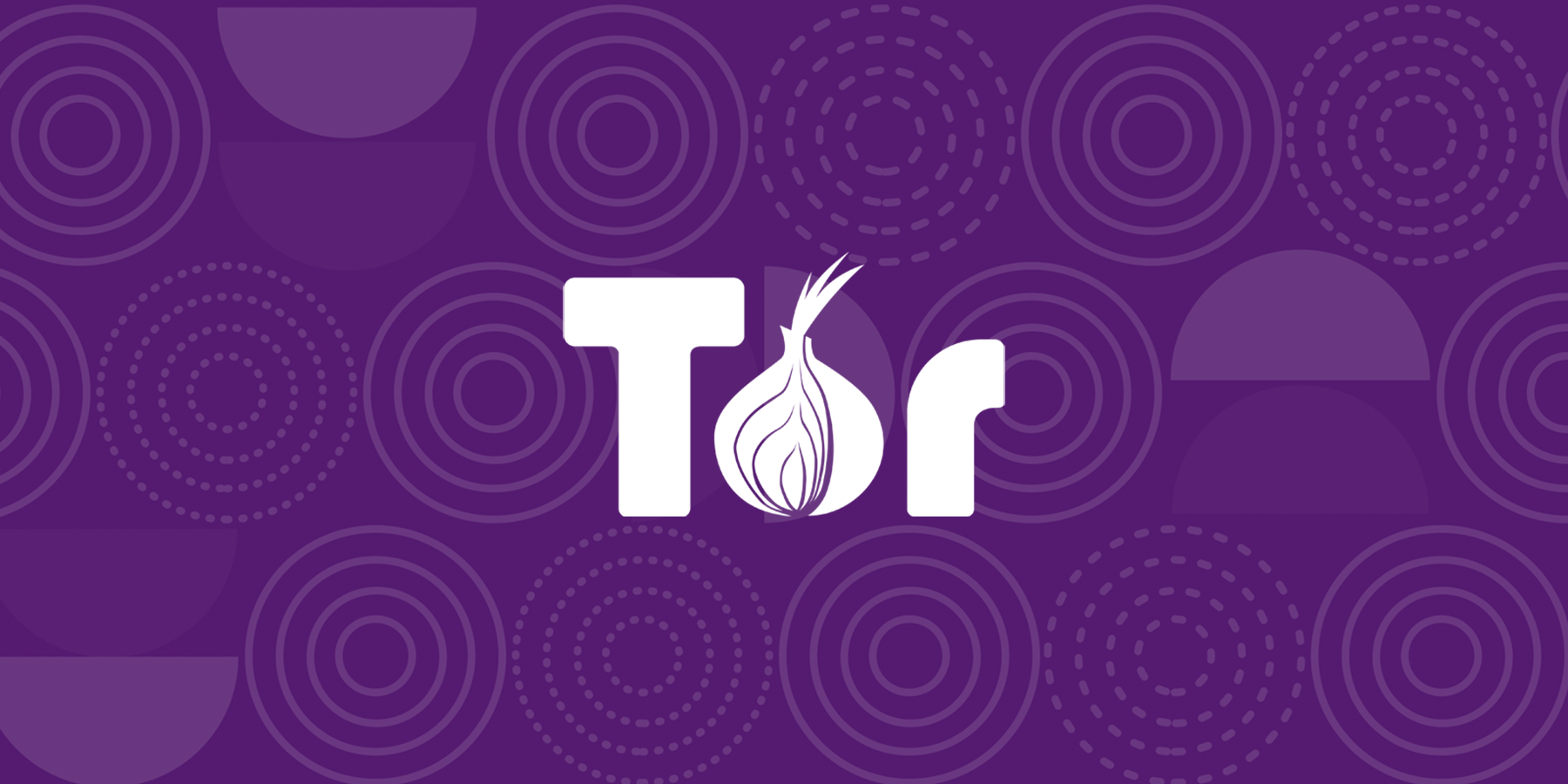BOOK THIS SPACE FOR AD
ARTICLE AD
A new denial-of-service attack dubbed 'Loop DoS' targeting application layer protocols can pair network services into an indefinite communication loop that creates large volumes of traffic.
Devised by researchers at the CISPA Helmholtz-Center for Information Security, the attack uses the User Datagram Protocol (UDP) and impacts an estimated 300,000 host and their networks.
The attack is possible due to a vulnerability, currently tracked as CVE-2024-2169, in the implementation of the UDP protocol, which is susceptible to IP spoofing and does not provide sufficient packet verification.
An attacker exploiting the vulnerability creates a self-perpetuating mechanism that generates excessive traffic without limits and without a way to stop it, leading to a denial-of-service (DoS) condition on the target system or even an entire network.
Loop DoS relies on IP spoofing and can be triggered from a single host that sends one message to start the communication.
According to the Carnegie Mellon CERT Coordination Center (CERT/CC) there are three potential outcomes when an attacker leverages the vulnerability:
Overloading of a vulnerable service and causing it to become unstable or unusable. DoS attack on the network backbone, causing network outages to other services. Amplification attacks that involve network loops causing amplified DOS or DDOS attacks.CISPA researchers Yepeng Pan and Professor Dr. Christian Rossow say the potential impact is notable, spanning both outdated (QOTD, Chargen, Echo) and modern protocols (DNS, NTP, TFTP) that are crucial for basic internet-based functions like time synchronization, domain name resolution, and file transfer without authentication.
"If two application servers have a vulnerable implementation of said protocol, an attacker can initiate a communication with the first server, spoofing the network address of the second server (victim)," explains CERT/CC.
"In many cases, the first server will respond with an error message to the victim, which will also trigger a similar behavior of another error message back to the first server" - CERT Coordination Center
This process continues until all available resources are completely exhausted, making the servers unresponsive to legitimate requests.
In total, it is estimated that 300,000 internet hosts are vulnerable to Loop DoS attacks.
The researchers warned that the attack is easy to exploit, noting that there is no evidence indicating active exploitation at this time.
Rossow and Pan shared their findings with affected vendors and notified CERT/CC for coordinated disclosure.
So far, vendors who confirmed their implementations are affected by CVE-2024-2169 are Broadcom, Cisco, Honeywell, Microsoft, and MikroTik.
To avoid the risk of denial of service via Loop DoS, CERT/CC recommends installing the latest patches from vendors that address the vulnerability and replace products that no longer receive security updates.
Using firewall rules and access-control lists for UDP applications, turning off unnecessary UDP services, and implementing TCP or request validation are also measures that can mitigate the risk of an attack.
Furthermore, the organization recommends deploying anti-spoofing solutions like BCP38 and Unicast Reverse Path Forwarding (uRPF), and using Quality-of-Service (QoS) measures to limit network traffic and protect against abuse from network loops and DoS amplifications.
.png)















 Bengali (Bangladesh) ·
Bengali (Bangladesh) ·  English (United States) ·
English (United States) ·